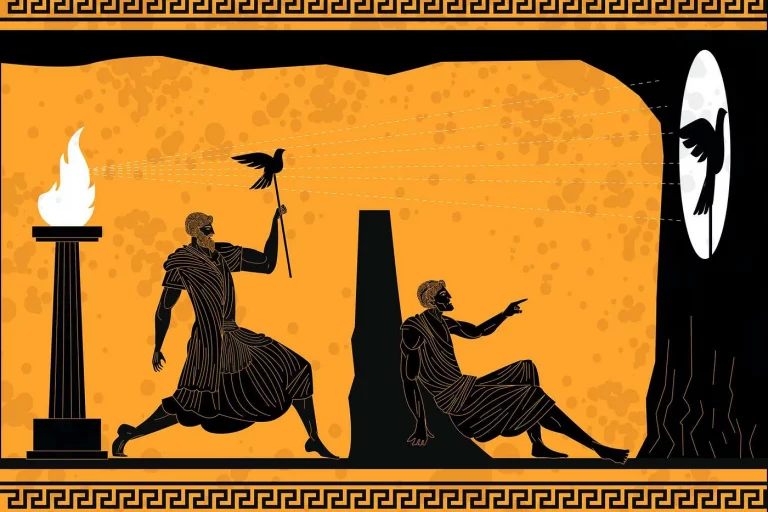What are users up to when they have an experience?

Understanding the experience of using an object depends on understanding the context of use, argues Jeff Doemland in UX Magazine.
However, “The prevailing understanding of user and experience–the understanding behind my clients’ preoccupation with the properties of the tools they provide their customers–grows out of Descartes’ thinking, according to which, each of us is a self-sufficient subject (“a thinking thingâ€) engaged at a purely intellectual level with objects and their properties. So it’s no surprise that we define users as primarily concerned with the appearance and function of the objects they use, and require that experience be explained in terms of these properties.
According to Descartes, as thinking (rational) beings, an object’s properties are all that are truly available to us. The instinctive, intuitive–non-rational, absolutely contextualized–ways we access and use objects for meeting the demands of a specific situation are effectively invisible to this understanding of user experience.”




This is an interesting argument and always relevant. I think the word “adornment” is an unfortunate choice to describe this dynamic and ongoing relationship between interaction and perception that shapes the way we experience.
I am referring to what social scientists call a “social construct”. The difference in this constructivist view is that the “using” and the “perceiving” we make the meaning of the world. With the ultimate purpose of satisfying the one need that we all have and that is the need for an identity.
I think the conclusion that Mr. Doemland presents that “objects are the adornments of being-in-the-world—that they are the means by which I experience first and foremost my self”, can be build on to add these objects are devices with which I, as a meaning making creature, can express my continuously evolving identity with the ultimate goal of developing the desired relationships with others in contexts of use (see C. Nippert-Eng, Islands of Privacy).